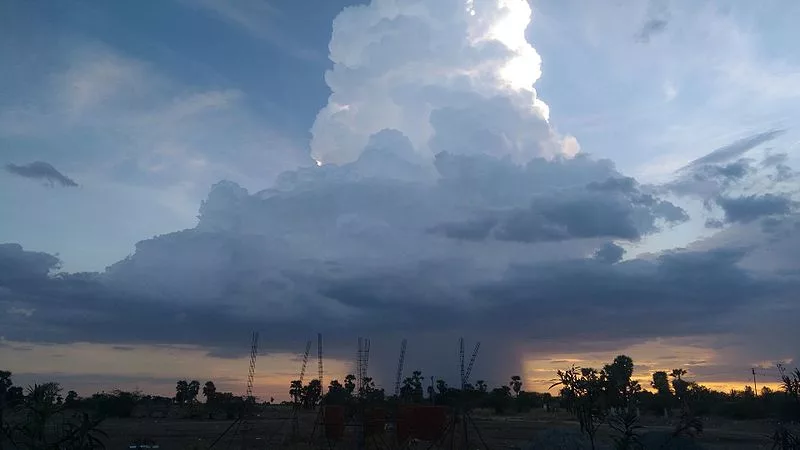
In an attempt to test a method for cooling planet Earth, a new experiment started by a pair of University of Washington researchers is generating criticism.
Scientific American says the experiment–shooting salt crystals into clouds to reflect solar radiation (and ultimately reduce heat on the Earth’s surface)–has “numerous” risks.
UW Atmospheric Sciences professor, Cliff Mass, tells KVI the “small scale experiment” being conducted in the San Francisco Bay “is pretty dangerous because this has the potential to change the hydrological cycle on the planet. ”
To hear Mass’s interview with KVI’s John Carlson, click the play button below.
Mass notes that this study is in the “very initial stage of the research and too early to tell any results.” He says previous global models have been conducted on the premise of spraying salt crystals into clouds as a method for reducing Earth’s temperature.
“If you put a lot of particles into the atmosphere you reflect more solar radiation (in) to space,” explains Mass. “Well the sun’s pretty important because the whole hydrological cycle is based upon the sun hitting the surface (of earth) and causing water to evaporate. That’s where most of the water comes from…that’s used for clouds and rain and snow.”
“So if we reduce the solar radiation coming in, that means there’s less …getting to the surface which means less evaporation. Which means less water in the atmosphere,” cautions Mass. “Well that has pretty substantial hydrological impacts on the whole planet. There’s the potential to cause droughts. In some places, strangely enough floods in others. So we’ve done miracle model simulations which have shown this is very dangerous. And there’s a lot of uncertainties in what will happen.”
Mass tells KVI, “So I am not sure this is a good thing to do.”





